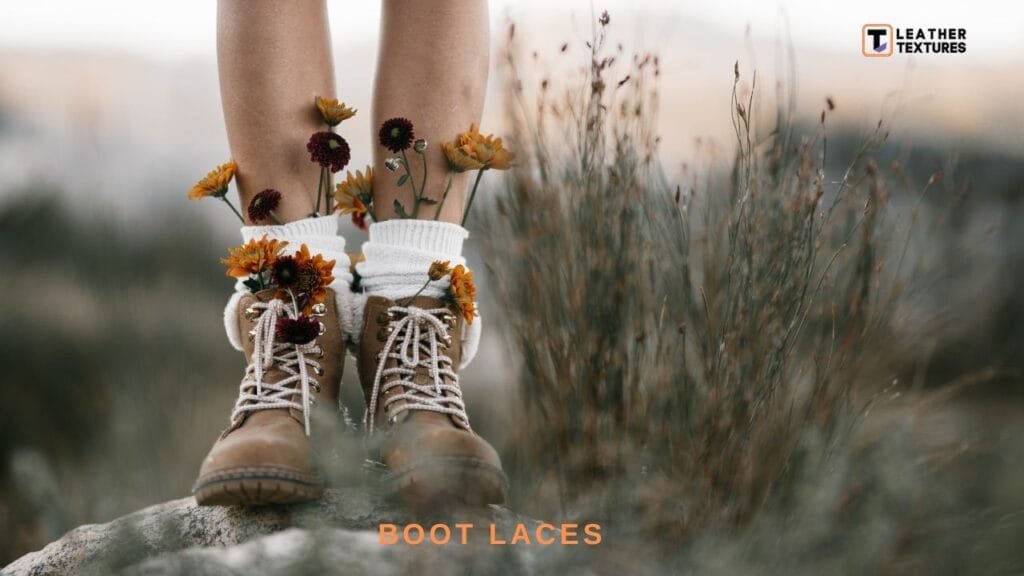Introduction
Cats are known for their independent and sometimes unpredictable behavior. While most of the time they are cuddly companions, there are moments when handling a cat can become challenging, especially during grooming or medical procedures. This is where a cat muzzle comes into play. A muzzle is a device designed to cover a cat’s mouth, and sometimes its eyes, to prevent biting and scratching.
But why would someone use a muzzle on a cat, and what are the various types available? In this comprehensive guide, we will explore everything you need to know about cat muzzles, including how to draw a cat muzzle, different types such as the Jorvet cat muzzle, DIY options, and the anatomy of a cat’s muzzle.
We’ll also discuss the pros and cons of leather cat muzzles and answer common questions about their use. By the end of this blog, you’ll have a clear understanding of whether a cat muzzle is suitable for your feline friend and how to choose the right one.

How to Draw a Cat Muzzle
Drawing a cat muzzle can be a fun and rewarding exercise for artists of all levels. Here’s a step-by-step guide to help you create a realistic cat muzzle:
1. Outline the Head:Start with a basic oval shape to represent the cat’s head. Add guidelines to help with the precise placement of facial features.
2. Position the Nose: Draw a small triangle or upside-down heart shape in the lower center of the face for the nose.
3. Add the Mouth: From the bottom of the nose, draw two curved lines extending downward and outward to form the cat’s mouth.
4. Shape the Muzzle: Around the nose and mouth, draw a soft, rounded shape to represent the cat’s muzzle. This area should protrude slightly from the face.
5. Detail the Whisker Pads: Add small, rounded areas on either side of the muzzle where the whiskers will emerge.
6. Draw the Whiskers: Add long, curved lines extending from the whisker pads to complete the look.
With practice, you’ll be able to capture the unique characteristics of a cat’s muzzle in your drawings.
Jorvet Cat Muzzle
The Jorvet cat muzzle is a popular choice among veterinarians and pet owners. Made from durable, lightweight materials, it provides a secure fit while allowing the cat to breathe comfortably. This muzzle is designed to prevent biting and scratching during medical procedures, making it an essential tool in veterinary practices.
DIY Cat Muzzle
If you’re in a pinch and need a quick solution, you can make a homemade cat muzzle using simple materials like fabric or a soft cloth. Here’s a basic method:
1. Cut a Rectangular Piece of Fabric:The fabric should be long enough to wrap around your cat’s head and cover its eyes and mouth.
2. Create Ear Holes: Cut two small holes for the ears to pass through, ensuring the muzzle stays in place.
3. Secure the Muzzle: Wrap the fabric around your cat’s head and tie it securely behind the neck, ensuring it’s snug but not too tight.
A DIY muzzle can be a temporary solution for grooming or administering medication but should not be used for extended periods.
Cat Muzzle for Grooming
Grooming can be a stressful experience for some cats, leading to aggressive behavior. A cat muzzle for grooming helps to keep the cat calm and prevents biting. These muzzles often cover the eyes as well, which can help to reduce stress by blocking the cat’s view of the grooming tools.
Cat Muzzle Mask
A cat muzzle mask covers both the mouth and eyes, providing comprehensive control during grooming or veterinary visits. This type of muzzle is especially useful for particularly aggressive or anxious cats, as it limits their ability to see and react to stressful stimuli.
Cat Muzzle Ball
The cat muzzle ball is a unique type of muzzle that encases the cat’s entire face in a mesh-like structure. This allows the cat to breathe and see but prevents biting. It’s often used in veterinary settings for cats that are highly aggressive or fearful.
Cat Muzzle for Biting
Cats may bite out of fear, aggression, pain, making a muzzle designed for biting prevention a useful tool. A muzzle designed specifically for biting prevention can help protect handlers and the cat itself. These muzzles typically cover the mouth securely while allowing the cat to breathe comfortably.
Cat Muzzle Bubble
A cat muzzle bubble is similar to the muzzle ball but with a more enclosed design. It completely surrounds the cat’s head, providing a barrier that prevents biting and scratching while still allowing the cat to breathe and see through the mesh.
Cat Muzzle Anatomy
Understanding the anatomy of a cat’s muzzle is essential for choosing the right muzzle. The muzzle consists of the nose, mouth, and whisker pads, which are highly sensitive areas. A well-designed muzzle should accommodate these features without causing discomfort or restricting breathing.
Cat Globe Muzzle
The cat globe muzzle is a spherical muzzle that provides 360-degree protection. It’s particularly useful for handling extremely aggressive cats, as it completely encases the head and prevents any possibility of biting or scratching.
Leather Cat Muzzle
Advantages
Durability: Leather muzzles are highly durable and can withstand frequent use.
Comfort:They are often padded and provide a comfortable fit for the cat.
Adjustability: Many leather muzzles have adjustable straps for a secure and customized fit.
Disadvantages
Maintenance: Regular cleaning and conditioning are necessary to keep leather muzzles in good condition.
Cost: Leather muzzles are typically more expensive than those made from synthetic materials.
Weight: Leather muzzles can be heavier than other types, which may cause discomfort for some cats.
Despite these disadvantages, the durability and comfort of leather muzzles make them a preferred choice for many pet owners and professionals.
Common Questions About Cat Muzzles
Is it OK to Muzzle a Cat?
Muzzling a cat is generally considered safe when done correctly and for short periods. It should only be used when necessary, such as during grooming or medical procedures, to prevent injury to both the cat and the handler.
How Do You Make a Homemade Cat Muzzle?
A homemade cat muzzle can be made using a piece of fabric or cloth. Cut a rectangular piece, create ear holes, and secure it around the cat’s head. Ensure it’s snug but not too tight, and monitor the cat closely while the muzzle is on.
Do Cat Muzzles Exist?
Yes, cat muzzles exist and are available in various designs and materials. They are used primarily to prevent biting and scratching during grooming, veterinary visits, or other potentially stressful situations.
Why Do Cat Muzzles Cover Eyes?
Covering a cat’s eyes with a muzzle can help reduce stress and anxiety. By blocking the cat’s vision, the muzzle minimizes visual stimuli that might provoke aggressive behavior, making it easier to handle the cat.
Can Cats Wear a Muzzle?
Cats can wear a muzzle, but it should fit properly and be used appropriately. Ensure the muzzle does not restrict breathing or cause discomfort, and never leave a muzzled cat unattended.
What About Leather Muzzles?
Leather muzzles are durable and comfortable but require regular maintenance. They are adjustable and provide a secure fit, making them a good choice for frequent use. However, they are more expensive and heavier than other options.

Conclusion
Cat muzzles can be a valuable tool for pet owners and veterinarians, providing a safe way to handle cats during grooming or medical procedures. Understanding the different types of muzzles, from the Jorvet cat muzzle to DIY options, allows you to choose the best one for your needs.
Whether you opt for a leather muzzle for its durability or a homemade version for a quick solution, it’s important to ensure the muzzle fits well and is used appropriately. Remember, a muzzle should only be used when necessary and never for extended periods. By following these guidelines, you can ensure your feline friend’s safety and comfort while effectively managing their behavior.



